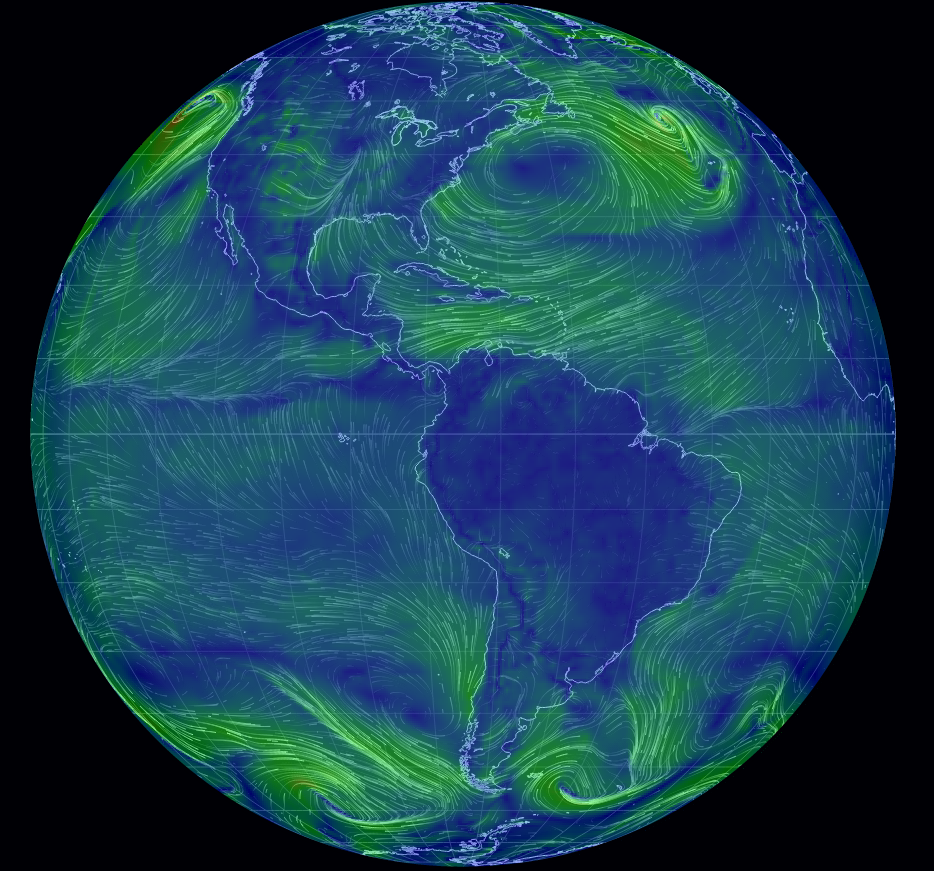Well, maybe not everybody but if you are interested in weather statistics, there’s a trio of posts at R-Bloggers made for you.
Trigger Warning: If you are a climate change denier, you won’t like the results presented by the posts cited below. Facts dead ahead.
Tracking Precipitation by Day-of-Year
From the post:
Plotting cumulative day-of-year precipitation can helpful in assessing how the current year’s rainfall compares with long term averages. This plot shows the cumulative rainfall by day-of-year for Philadelphia International Airports rain gauge.
Checking Historical Precipitation Data Quality
From the post:
I am interested in evaluating potential changes in precipitation patterns caused by climate change. I have been working with daily precipitation data for the Philadelphia International Airport, site id KPHL, for the period 1950 to present time using R.
I originally used the Pennsylvania State Climatologist web site to download a CSV file of daily precipitation data from 1950 to the present. After some fits and starts analyzing this data set, I discovered that data for January was missing for the period 1950 – 1969. This data gap seriously limited the usable time record.
John Yagecic, (Adventures In Data) told me about the weatherData package which provides easy to use functions to retrieve Weather Underground data. I have found several precipitation data quality issues that may be of interest to other investigators.
…
Access and Analyze 170 Monthly Climate Time Series Using Simple R Scripts
From the post:
Open Mind, a climate trend data analysis blog, has a great Climate Data Service that provides updated consolidated csv file with 170 monthly climate time series. This is a great resource for those interested in studying climate change. Quick, reliable access to 170 up-to-date climate time series will save interested analysts hundreds – thousands of data wrangling hours of work.
This post presents a simple R script to show how a user can select one of the 170 data series and generate a time series plot like this:
…
All of these posts originated at RClimate, a new blog that focuses on R and climate data.
Drop by to say hello to D Kelly O’Day, PE (professional engineer) Retired.
Relevant searches at R-Bloggers (as of today):
Climate – 218 results
Flood – 61 results
Rainfall – 55 results
Weather – 291 results
Caution: These results contain duplicates.
Enjoy!
